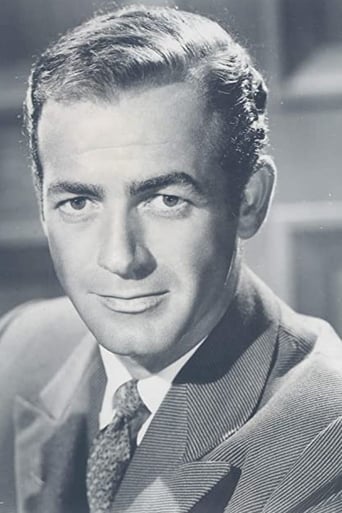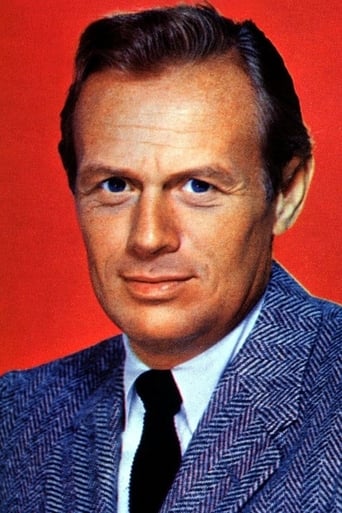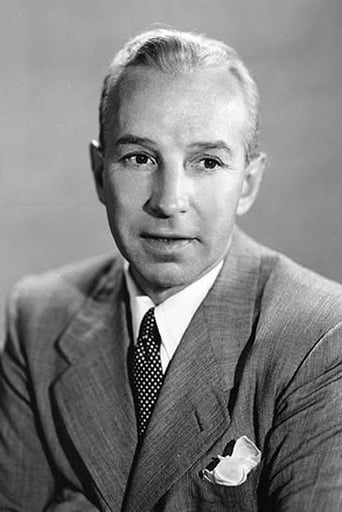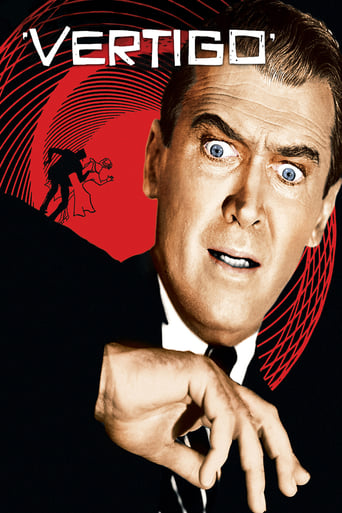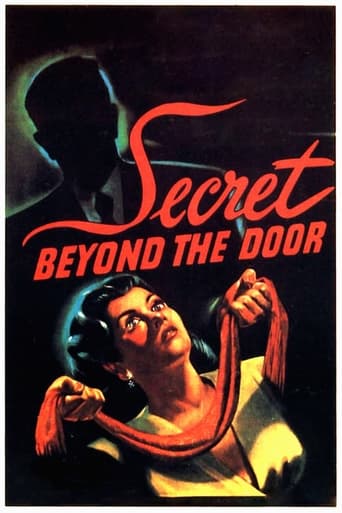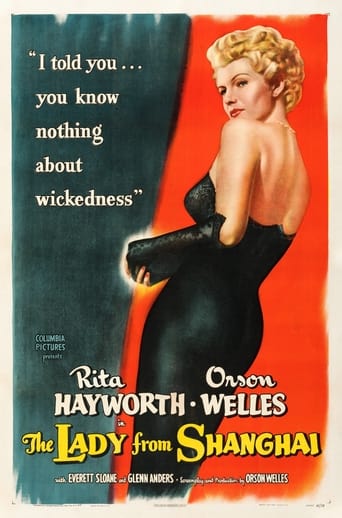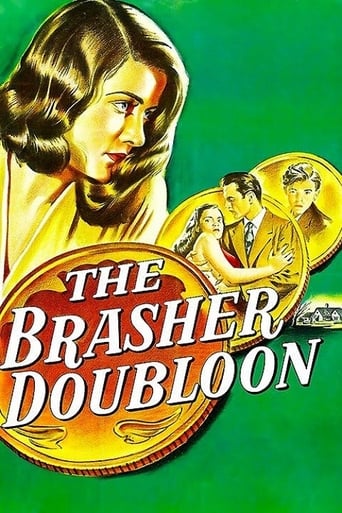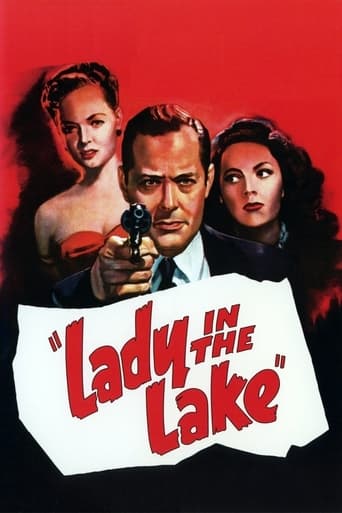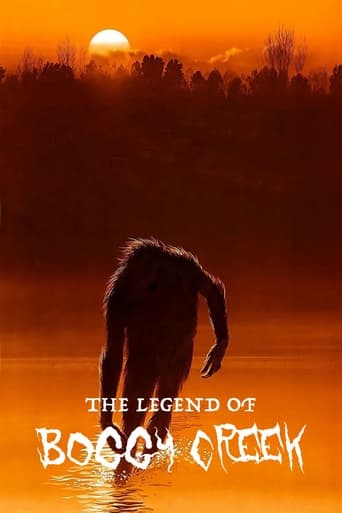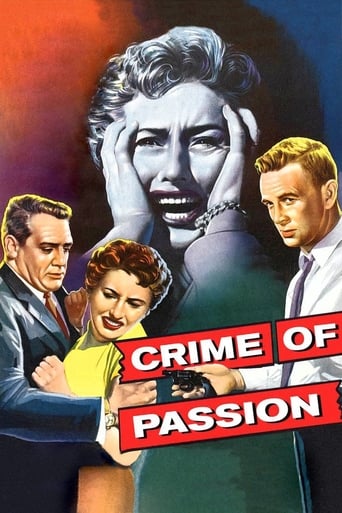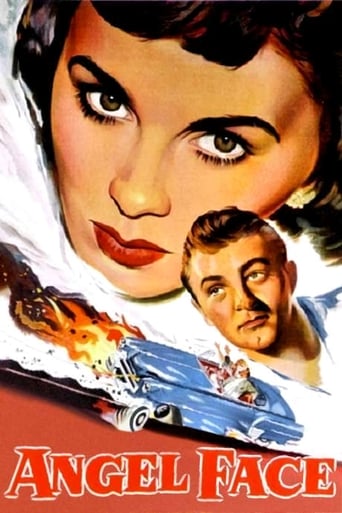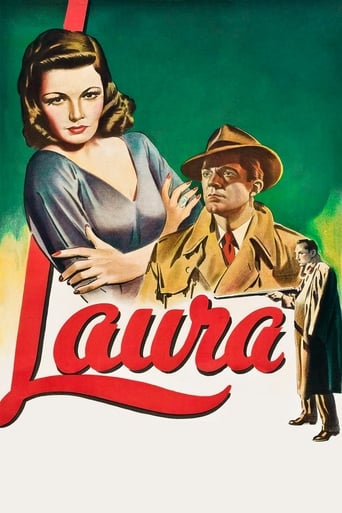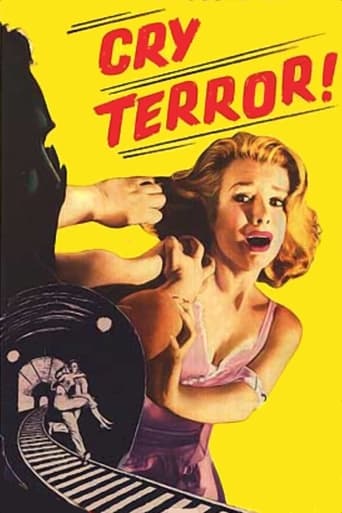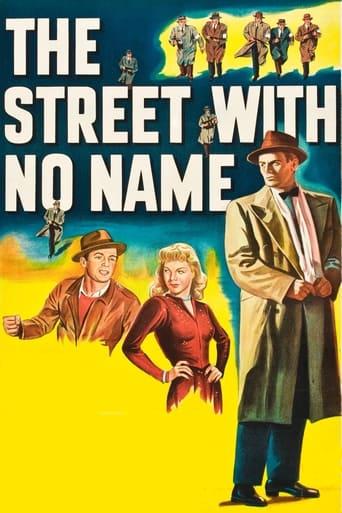

The Street with No Name (1948)
After two gang-related killings in "Center City," a suspect (who was framed) is arrested, released on bail...and murdered. Inspector Briggs of the FBI recruits a young agent, Gene Cordell, to go undercover in the shadowy Skid Row area (alias George Manly) as a potential victim of the same racket. Soon, Gene meets Alec Stiles, neurotic mastermind who's "building an organization along scientific lines." Stiles recruits Cordell, whose job becomes a lot more dangerous.
Watch Trailer
Cast


Similar titles
Reviews
"The Street with No Name" can be seen as a follow-up to "The House on 92nd Street" from three years earlier. Both use a semi-documentary style, were loosely based on actual events and were made with the deliberate purpose of highlighting the work of the Federal Bureau of Investigation. One character, FBI Inspector George A. Briggs played by Lloyd Nolan, appears in both films. "The House on 92nd Street", made in 1945 shortly after the end of hostilities, deals with the fight against Nazi espionage and subversion in wartime, whereas the later movie deals with the FBI's efforts to combat the post-war revival of what J. Edgar Hoover called "organized gangsterism".The action is set in the fictional "Center City", which could represent any major American city, although the film was actually shot in Los Angeles. It tells the story of an undercover FBI agent, Gene Cordell, who infiltrates a ruthless crime gang who have carried out a series of robberies in which two people have been killed. Cordell adopts the persona of "George Manly", a boxer and criminal, and is recruited into the gang by its leader, Alec Stiles.Seven years later the film was remade as "House of Bamboo" which, rather oddly, transferred the action to Japan although most of the main characters, and all the gangsters, remained American. The two movies had the same scriptwriter, Harry Kleiner, although they were made by different directors, William Keighley here and Samuel Fuller in the later film. Unusually for a crime drama from the fifties, Fuller made "House of Bamboo" in colour, whereas "Street with No Name" is made in the standard black-and-white film noir style. Kleiner added a major female character to "House of Bamboo" by giving Eddie (the equivalent character in that film to Cordell) a Japanese girlfriend, but the cast here are nearly all male. (Film noir tended to be a male-dominated genre, with women confined to secondary roles, although there were occasional exceptions such as "Gilda").Although "House of Bamboo" is visually attractive, I think that "Street with No Name" is the better film. The later film's exotic setting struck me as something of a gimmick, whereas here Keighley's photography of the "Skid Row" district of Center City, with its cheap flophouses, bars, amusement arcades and boxing gyms, achieves a certain gritty authenticity. There is a particularly strong performance from Richard Widmark as the dangerous, amoral Stiles. Widmark was later to appear in one of the all-time great films noirs, Fuller's New York-set "Pickup on South Street", which has a similar gritty look. I would not rate "Street with No Name" as highly as "Pickup" which has a more original storyline and a greater moral complexity; "Street with No Name", by contrast, tells a more straightforward, conventional "good guys against bad guys" tale of cops and robbers. It does, however, retain some points of interest even today. 6/10
Richard Widmark's first film (Kiss of Death) got him an Oscar nomination and a Golden Globe. He followed it up the next year with this film.A classic noir involving the FBI and a plant (Mark Stevens) to get inside Widmark's gang to find out who killed a housewife, and two others.Widmark was excellent as the gang leader, and ruthless when he thought he was crossed, as his wife (Barbara Lawrence) found out.The ending was very good, and provided some great twists. Of course, the FBI always gets their man.
Organized crime has spread into America's small to mid-sized communities. Not only is it spreading, leader of the Center City crime ring (Richard Widmark), would like to build his organization along "scientific lines", in order to get the most out of crime. This doesn't preclude robbing a bank and then killing the guard, which automatically involves the super-scientific FBI, who eventually plants agent (Mark Stevens) in Widmark's organization. Whose grasp of scientific lines is better? Widmark does OK until the end, and his gang includes B filmmaker and sometime actor Joseph Pevney. The film is actually good enough to overcome its focus on trying to make a hero out of Stevens. The use of voice-over doesn't detract from very fine elements in the film, Widmark being at his best, and cinematographer Joe MacDonald capturing the essence of Center City's mean and damp streets in unsurpassed B&W.
"The Street With No Name" is a superior example of the docu-noir style which became so popular in the late 1940s. With its story based on an actual FBI case, real FBI officers taking roles in the movie and the action being shot in the locations where the events actually took place, it's clear that every effort was made to make the end product as authentic and convincing as possible. The result, in this case, is an absorbing thriller which proceeds at a great pace whilst also managing to incorporate some extremely tense sequences.The cinematography by Joseph MacDonald is interesting because it utilises two main styles. The passages featuring the criminals are predominantly shown in shadowy film noir style, whilst those depicting the FBI generally feature a more bland, high key look. Employing these styles, of course, conforms with the traditions of film noir and documentary film making, however, the symbolism involved is also clear.An FBI agent Gene Cordell (Mark Stevens) is furnished with a false identity (George Manly) and a criminal record and given the task of getting into a gang which is suspected of having recently carried out three murders in Center City. Cordell uses his considerable boxing skills to impress gang boss Alex Stiles (Richard Widmark) who also happens to be the owner of a gym where local boxers train. Stiles, who prides himself on running his organisation on "scientific lines", uses a corrupt contact in the Police Department to check on Manly's criminal record and is so impressed by the feedback he receives that he invites Manly to join his outfit.When the Stiles gang plan a robbery at a local mansion, Cordell passes the information back to his colleagues and the FBI and the police jointly stake out the place. The operation has to be aborted however, when Stiles calls off the job after receiving a tip off from his contact in the Police Department. Cordell then goes to the gang's arsenal and locates and fires Stiles' revolver so that forensic tests can be run on the bullet to check if the gun was used in any of the recent murders. Stiles soon realises that his gun has been fired and a fingerprint check that he arranges with his police contact reveals that the gang has been infiltrated by FBI agent Cordell. Stiles' struggle to execute his plan and Cordell's efforts to achieve his objectives, bring the men into deadly conflict in an exciting and action packed conclusion to the story.Mark Stevens gives a solid performance as the confident and courageous Gene Cordell and Richard Widmark is absolutely compelling as a cunning, crafty and neurotic criminal who's convinced of the need to employ increasingly sophisticated methods in order to remain successful. This shrewd side of his character is complemented by an unrestrained brutality which enables him to be both a merciless killer and a violent wife beater.The attention given to the different "scientific" methods used by both the criminals and the FBI provide an unusual and interesting additional dimension to the events depicted and suggest that in 1948, these methods were fully expected to form an important component of any future battles between the worlds of crime and law enforcement.


